July 2021
High-precision frequency measurement
News
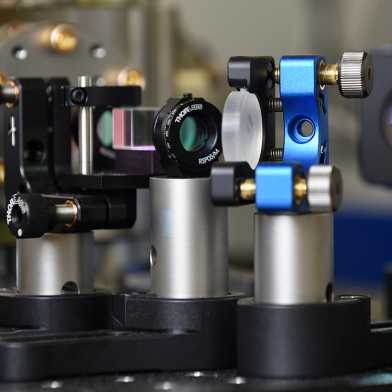
Many scientific experiments require highly precise time measurements with the help of a clearly defined frequency. Now, a new approach allows the direct comparison of frequency measurements in the lab with the atomic clock in Bern, Switzerland.
Lord of the flies, king of data and proud owner of seven bicycles
News
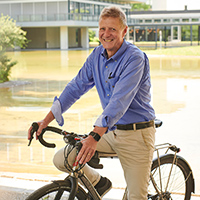
ETH professor and molecular biologist Ernst Hafen retires at the end of July. We look back at the colourful career of a leading scientist with many different interests beyond the narrow world of molecular genetics.
On eternal imbalance
News

Some physical systems, especially in the quantum world, do not reach a stable equilibrium even after a long time. An ETH researcher has now found an elegant explanation for this phenomenon.
Students shouldn’t have to bear the burden of the pandemic
News
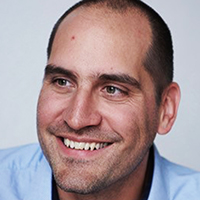
After three semesters of online teaching, it’s time for students to get back to ETH, says Hermann Lehner, Head of Academic Services at ETH Zurich. He hopes that the Federal Council's further decisions will enable face-to-face teaching at universities.
Water resources: defusing conflict, promoting cooperation
News
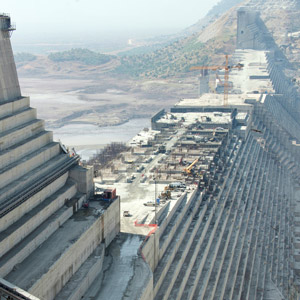
The EU funded project DAFNE has developed a methodology for avoiding conflicts of use in transboundary rivers. The model-based procedure allows for participatory planning and cooperative management of water resources. The aim is now for the DAFNE methodology to be implemented in other regions of the world.
Advancing to the core thanks to marsquakes
News
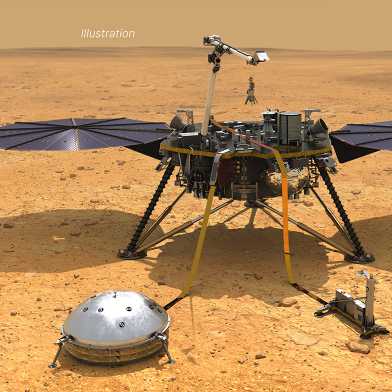
Researchers at ETH Zurich and the University of Zurich have been able to use seismic data to look inside Mars for the first time. Marsquakes recorded by NASA’s InSight lander provided information about the structure of the planet’s crust, mantle and core.
The anatomy of a planet
Press release
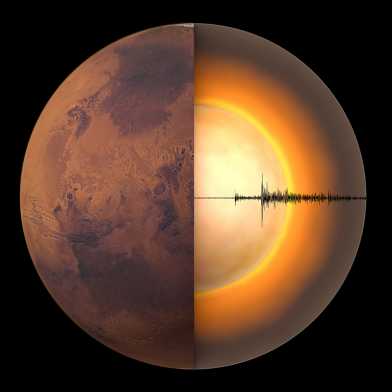
Researchers at ETH Zurich working together with an international team have been able to use seismic data to look inside Mars for the first time. They measured the crust, mantle and core and narrowed down their composition. The three resulting articles are being published together as a cover story in the journal Science.
Toxicity testing on the placenta and embryo
News
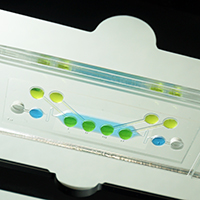
Researchers at ETH Zurich have developed a cell culture test to detect substances that are directly or indirectly harmful to embryos. Based on an existing test used for developing new drugs and chemicals, the augmented version is designed to help reduce the number of animal experiments.
The ambivalence of being a young Nobel laureate
News
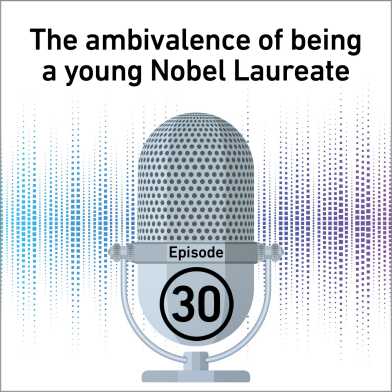
In this episode of the ETH podcast Didier Queloz talks about the quandaries of being a young Nobel Laureate. He also talks about his plans at ETH and tells us what he would ask a Martian if he met one.
First 3D printed and unreinforced concrete bridge
News
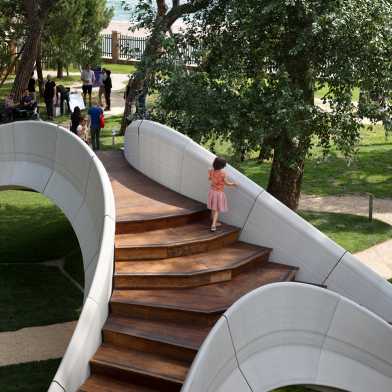
3D printing can be used to build load-bearing concrete structures that require significantly less material and no steel reinforcement or mortar. ETH architects and engineers from the Block Research Group in collaboration with Zaha Hadid Architects and other partners from industry showed how this works with a footbridge in Venice.